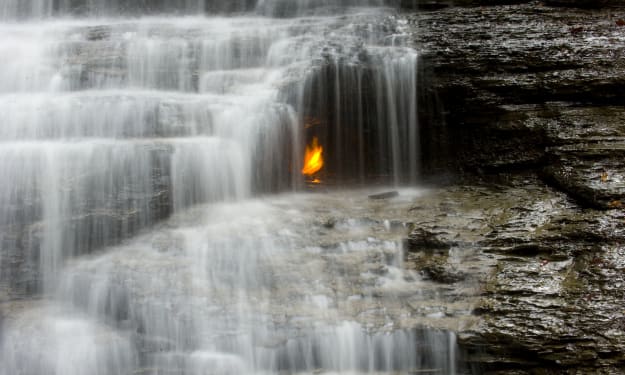As the culmination of a nearly five-decade journey draws near, Voyager 1 finds itself traversing realms so distant that its signals can only reach the James Webb Space Telescope after a delay of five seconds. Conversely, it takes over twenty hours for a signal to travel from Earth to Voyager and back again. Reflecting on this odyssey, one can't help but marvel at how time has flown since its launch – an event that occurred during the youth of some, including perhaps our own fathers.
Yet, despite the passage of generations, Voyager 1 continues to defy expectations, a testament to its enduring legacy. However, this legacy is now under threat from cosmic forces. Will Voyager 1 manage to escape this perilous encounter? Today, we delve into this question in our latest episode. Hello, I'm Kaushik, and welcome to another installment of our journey [music].
The saga of Voyager 1 began with a heart-stopping moment at its launch on September 5, 1977. A mere 3.4 seconds stood between the spacecraft and a catastrophic collision with Earth. A malfunction in its rocket engine, the LR 91 propulsion system, jeopardized its ascent. Desperate measures were taken to avert disaster, exhausting the fuel reserves of a secondary component to provide the necessary propulsion. Against all odds, Voyager 1 slipped into orbit, narrowly evading calamity.
This near-miss foreshadowed the remarkable resilience and perseverance that would define Voyager 1's trajectory. Despite initial setbacks, doubts, and uncertainties, the spacecraft embarked on a historic journey. It unveiled the mysteries of Jupiter and Saturn, capturing the first close-up images of these distant giants. Additionally, Voyager 1's discoveries extended to the identification of numerous moons and celestial objects, enriching our understanding of the cosmos.
However, perhaps its most monumental achievement occurred on August 25, 2012, when Voyager 1 breached the boundary of interstellar space. Yet, this milestone heralded a new chapter fraught with challenges. As Voyager 1 ventured beyond the protective confines of the solar system, it encountered the relentless onslaught of cosmic radiation. The effects were profound, causing malfunctions in its instrumentation and threatening its longevity.
The perils of interstellar space extend beyond mere technical challenges. Cosmic radiation, far more potent than solar particles, poses significant health risks to astronauts and spacecraft alike. Studies in space health research have revealed accelerated aging among space travelers, attributed to the deleterious effects of cosmic radiation. This phenomenon, elucidated through epigenetics, underscores the intricate interplay between genetic expression and environmental factors.
Moreover, these insights into space health have broader implications for terrestrial health. The prevalence of genetic hair loss, for instance, mirrors the sensitivity to hormonal fluctuations observed in astronauts exposed to cosmic radiation. Epigenetics illuminates the multifaceted nature of this phenomenon, implicating lifestyle, stress, and environmental factors in its progression.
Addressing these challenges requires a comprehensive approach that extends beyond superficial solutions. It necessitates a holistic understanding of genetic predispositions and environmental influences. Initiatives offering free hair tests serve as a vital resource in managing genetic hair loss, raising awareness of its underlying causes and potential remedies.
In essence, the journey of Voyager 1 transcends the confines of space, offering profound insights into the nature of human exploration and resilience. As we confront the uncertainties of cosmic exploration and terrestrial health, Voyager 1 serves as a beacon of inspiration, reminding us of the enduring spirit of discovery that propels us ever onward [music].






Comments
There are no comments for this story
Be the first to respond and start the conversation.